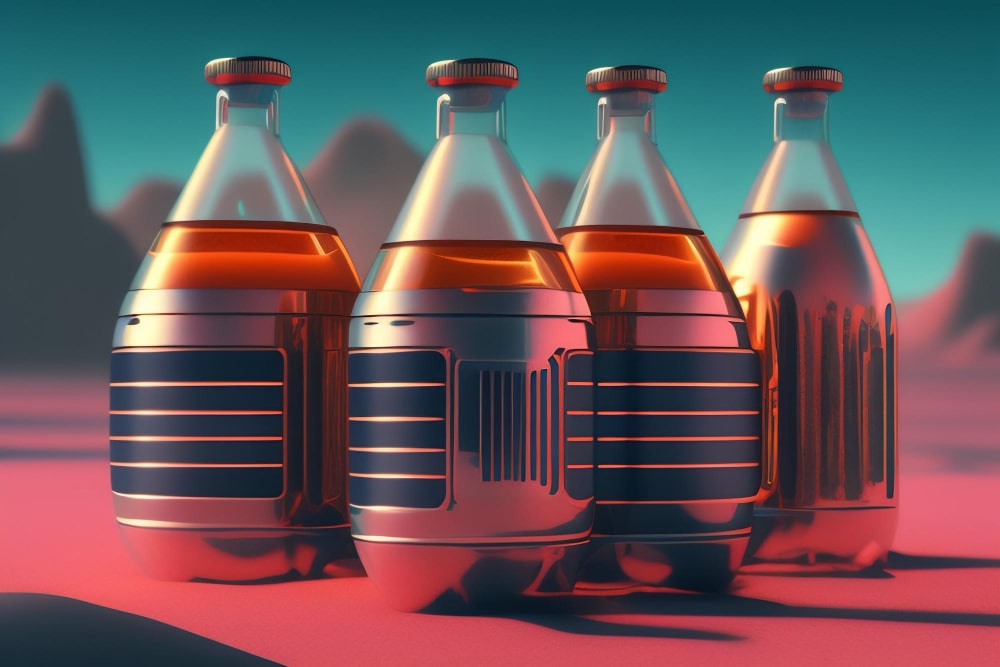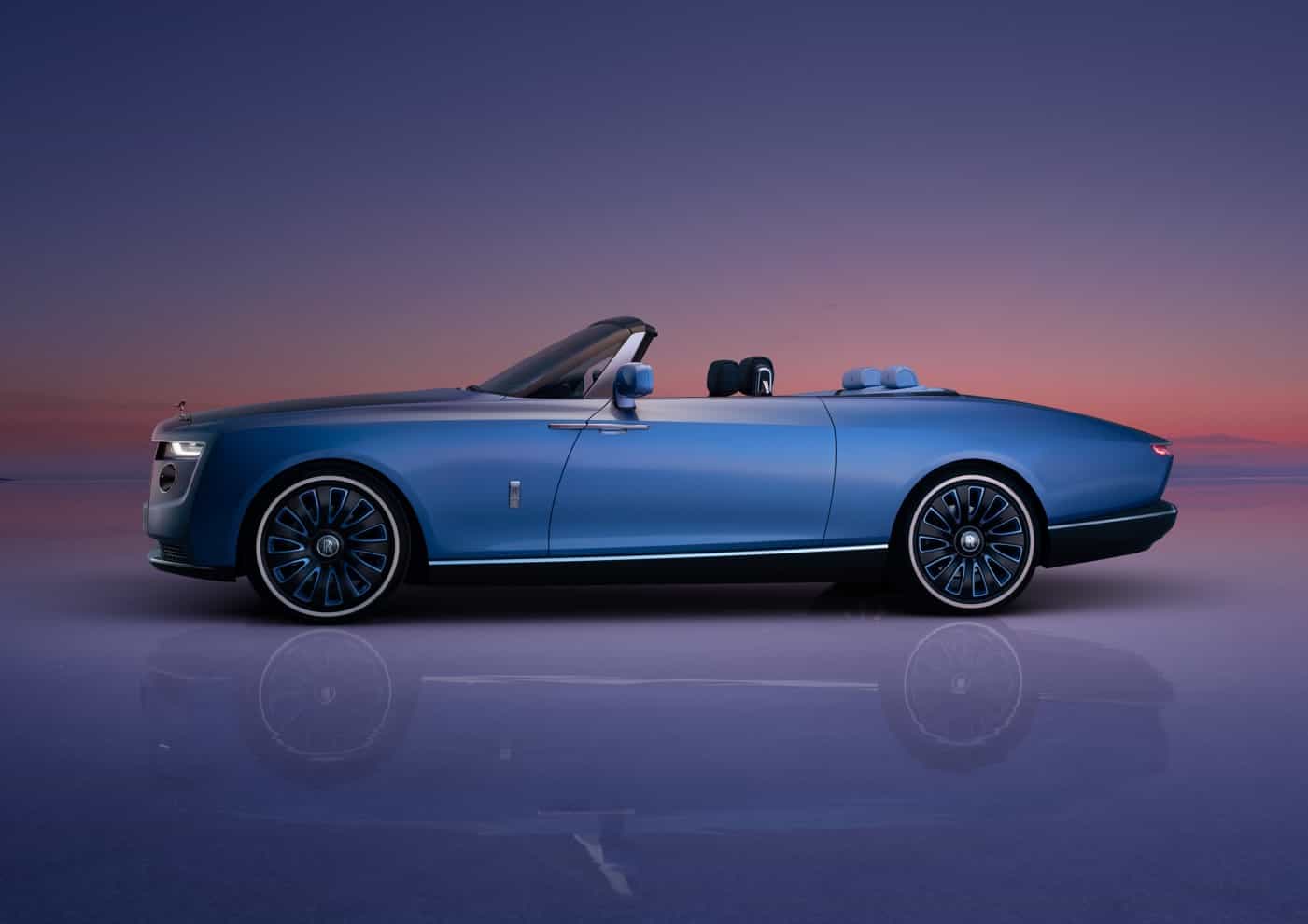
In a world where measurements vary across regions, understanding the conversion between gallons and liters is essential. Whether you're planning a road trip, dealing with liquids in your profession, or simply curious, knowing how many liters are in a gallon is valuable information. This comprehensive guide will unravel the mysteries of this common measurement conversion.
What is a Gallon?
Before we dive into the conversion, let's establish what a gallon is.
Two types of gallons:
1. U.S. Customary Gallon
The U.S. customary gallon, often used for liquids like gasoline and milk, is approximately 3.78541 liters. This value is crucial for everyday tasks like filling up your car's gas tank.
2. Imperial Gallon
On the other hand, the Imperial gallon, mainly used in the United Kingdom and some other countries, is slightly larger, measuring around 4.54609 liters. This distinction is important when dealing with international trade or understanding British measurements.
How Many Liters in a Gallon: The Conversion
Now that we know the types of gallons, let's focus on the conversion factor:
For U.S. Customary Gallons
Liters = Gallons × 3.78541
This formula is straightforward and commonly used in the United States, where the U.S. customary gallon prevails.
For Imperial Gallons
Liters = Gallons × 4.54609
For those dealing with the Imperial gallon, this formula is your go-to for conversions.
Practical Applications
Understanding the gallons to liters conversion is more than just a mathematical exercise; it has practical applications in various aspects of life:
1. Fuel Efficiency
When you're planning a long road trip, knowing how many liters are in a gallon helps you calculate your fuel budget accurately.
2. Cooking and Baking
In the kitchen, precise measurements are vital. Whether you're following a recipe from the United States or the United Kingdom, converting gallons to liters ensures your culinary success.
3. International Trade
For businesses involved in international trade, especially in the beverage or chemical industry, understanding both gallon types and their respective conversions is crucial for smooth transactions.
Tips for Easy Conversions
Here are some tips to make the conversion process even more straightforward:
1. Use Online Converters
Numerous websites and apps offer quick and accurate conversion tools for gallons to liters. These can be handy when you need a rapid answer.
2. Memorize Approximations
If you frequently work with gallons and liters, memorizing the approximate conversion factors can save you time and effort in daily tasks.
3. Visual Aids
Create visual aids, such as conversion charts or posters, to have at your disposal for quick reference.
Conclusion
In a world where measurements can be perplexing, understanding how many liters are in a gallon is a practical skill. Whether you're filling up your car, cooking a meal, or conducting international business, this knowledge simplifies daily life. So, remember the conversions, choose the right gallon for your needs, and confidently navigate the world of gallons and liters.
FAQs
1. Are there other types of gallons besides U.S. and Imperial gallons?
Yes, there are other less commonly used types of gallons, such as the dry gallon and the U.S. fluid gallon, but the U.S. customary and Imperial gallons are the most widely recognized.
2. Is there a simple way to estimate the conversion in my head?
Certainly! For a quick estimate, you can round the conversion factor for the U.S. customary gallon to approximately 3.8 liters and for the Imperial gallon to 4.5 liters.
3. Why do some countries use different gallons?
The variation in gallons is due to historical differences in measurement systems. Over time, regions developed their own units of measurement, leading to the coexistence of multiple gallon types.
4. Can I use liters and gallons interchangeably in any situation?
While you can convert between liters and gallons, it's essential to use the appropriate unit for the context. Using the wrong unit can lead to confusion or incorrect measurements.
5. Are there countries that don't use gallons at all?
Yes, many countries around the world do not use gallons in their everyday measurements. Instead, they rely on the metric system, which uses liters as the standard unit of volume.
6. Does the temperature or density of a liquid affect the conversion between gallons and liters?
No, the conversion between gallons and liters remains consistent regardless of the temperature or density of the liquid being measured.
7. Are there any historical reasons behind the choice of gallons in the U.S. and the UK?
The choice of gallons in these countries has historical roots dating back to the medieval period. These units of measurement were based on the sizes of containers commonly used at the time.
8. Can I convert liters to gallons using the same conversion factor in reverse?
Yes, you can convert liters to gallons by using the inverse of the conversion factor. For example, to convert liters to U.S. customary gallons, you would divide by 3.78541.









